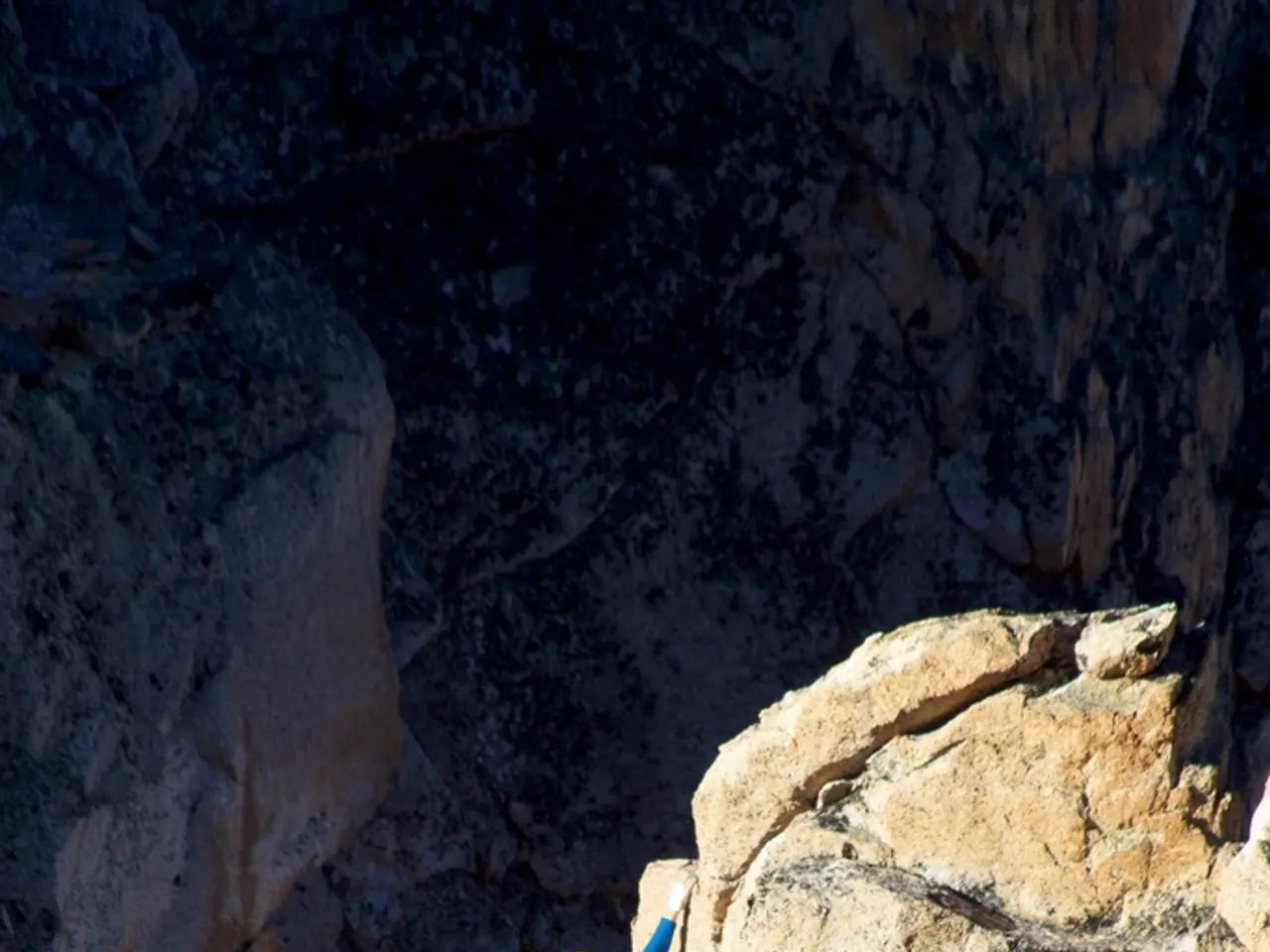Hiker from Britain perishes after tumbling down prohibited path in the Himalayas, despite 23-hour rescue attempt
In a heartbreaking incident, a 27-year-old British hiker lost his life after falling from a cliff in the Dhauladhar mountains of Himachal Pradesh, North India. The incident occurred while the hiker was trekking with another Brit.
The hiker was transported to the hospital upon arrival of the rescue team, but tragically, he succumbed to his injuries upon arrival. The rescue operation, which began on Sunday, February 16, involved multiple teams working tirelessly to reach the injured hiker.
The incident took place on a popular trekking route in the Dhauladhar mountains, a region known for its stunning beauty and challenging terrain. The trekking route, which is 3.7 miles / 6km long, reaches an altitude of 9,432ft / 2,875m.
High-altitude hiking in the Dhauladhar region is a popular activity, but it is banned during the winter due to the likelihood of heavy snowfall and treacherous underfoot conditions. The trekking route and its surrounding region are closed in January and February each year to ensure the safety of hikers.
The rescue operation was completed around 5pm on Monday, February 17, approximately 23 hours after it began. A team of ten rescuers navigated difficult mountain terrain to reach the injured hiker at 10.30pm.
Safety considerations during winter hiking in the Dhauladhar mountains are crucial. Proper clothing and gear are essential to protect against extreme cold and snow. Woolen or synthetic insulating layers, including merino wool socks, gloves designed to prevent snow infiltration, mufflers, and warm jackets, are essential to prevent cold-related injuries such as frostbite.
Difficult and slippery terrain also pose a significant risk during winter hiking. Proper hiking shoes with good grip and sometimes trekking poles are advised for stability on rocky, sandy, or snowy paths.
Altitude-related risks, such as Acute Mountain Sickness (AMS), are also a concern in the Dhauladhar range. Gradual ascents and acclimatization are important to prevent altitude sickness.
Weather can shift unpredictably in the Dhauladhar mountains, turning sunny days into snowstorms or hail quickly. Being prepared with rainproof and windproof layers and the ability to shelter in case of sudden storms is important.
Popular routes like the one where the incident occurred can get crowded in peak season, and winter snow can obscure trails, requiring good navigation skills or a local guide. Permits and awareness of local conditions help ensure safety and reduce environmental impact.
If you are planning a high-altitude hiking trip in the Dhauladhar mountains during winter, it is advisable to contact the Himachal Pradesh tourism or forest department for specific official government norms and emergency protocols, as the website sources do not explicitly cover these details.
[1] IndiaHikes [2] Outdoor Journal [3] India Today [4] The Hindu
- The tragedy serves as a reminder of the risks associated with high-altitude hiking in the Dhauladhar mountain region, even during peak season, emphasizing the importance of proper preparation, including knowing the local conditions and terrain.
- Despite the ban on winter hiking in the Dhauladhar mountains due to snowfall and challenging underfoot conditions, many still choose to partake in sports such as trekking, highlighting the need for increased awareness and safety measures.







